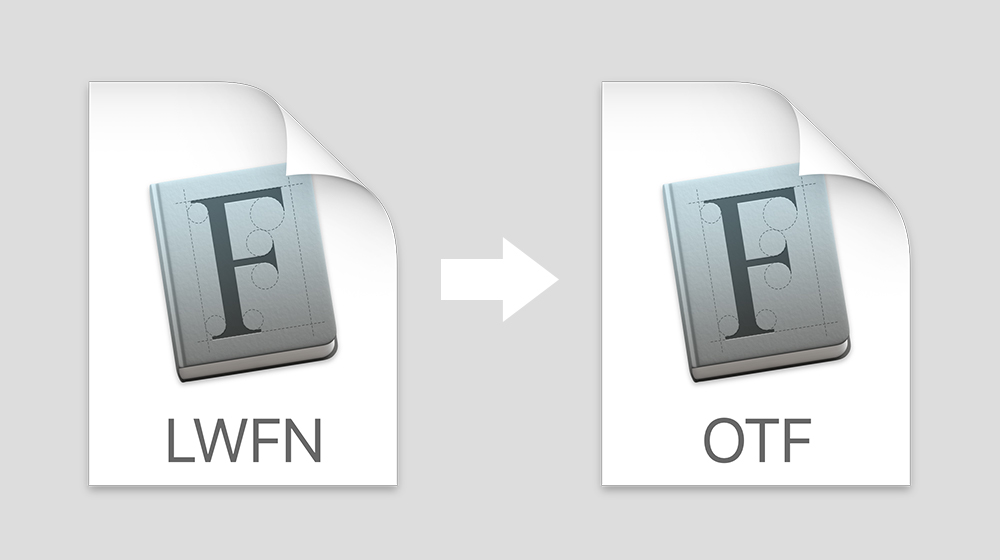I had been a mostly happy Comcast Xfinity user for more than six months. Despite occasional flakiness, the router seems to work reliably and the download speeds are good.
A couple months ago my wife and I were trying to fix some issues with our home security system, which apparently needed a phone line. So we added Xfinity’s telephone service, which is VOIP-based, having been told by the Comcast desk staff that it would work. But it didn’t work. The security system required a landline phone.
After a lot more research, we completely abandoned that security system, and went with something that has a safer and more secure cellular connection. So we did not need the Xfinity phone service after all.
Frustration Begins
I was very annoyed to discover that Comcast does not allow its users to drop services using their website. There is no rational basis for this; it seems to be only about throwing up hurdles to keep customers paying more.
It is very easy to upgrade or add services online. But to drop a service, you need to call them and talk to a customer rep. There is absolutely no good reason for that; if anything, it should be the other way around, where customers need to confirm additions or upgrades. Clearly Comcast seems to be in the business of fleecing.
Very Bad Experience
Eventually I was home during business hours, so I called to get the phone service removed. Thankfully the call was promptly answered by a customer service representative, with no waiting on hold. Naturally she wanted to know why I was dropping the service, so I explained that we didn’t use our phone service and had never used it. I thought it would be a slam-dunk.
I was floored when the rep told me that removing the phone service would increase our monthly cost by about $10 — from our current cost of about $70+ per month, to $80+ per month. At first I thought maybe I had heard wrong, so I asked her to repeat. She said it was because we were breaking up a bundle, and the individual services cost more than the bundle. Of course that is stupid.
When I first signed up, I was paying only $29.99/month (the “Performance” package), plus some taxes and fees, that came out to about $37. The only thing I had added was the phone (which had required an upgrade to the internet speed), and now she was telling me that to remove the phone would increase the cost even further. Insanity.
So while we were talking, I looked up the cost of their internet service packages on their website (having signed off and visited the site as a new customer would). What she was quoting me was $30 *more* than the highest package shown on their sales portal page.
I began to talk about downgrading my internet speed, and suddenly she found a way to give me the same service for about $15 less than we currently pay. I think the Internet service option is probably still overkill, and I may call back to downgrade it again. All that hassle greatly lessened my confidence in Comcast as a customer-friendly company.
Moral
Be very careful about upgrading Comcast Xfinity’s service. It seems to be designed as a one-way street. And all those promotional discounts you were promised when you signed up quickly disappear once you start to change anything.
